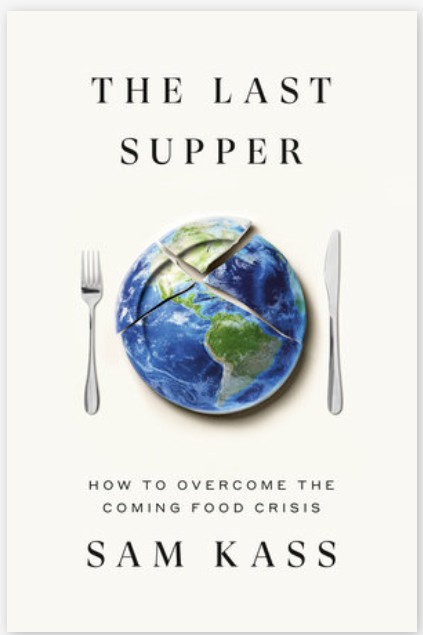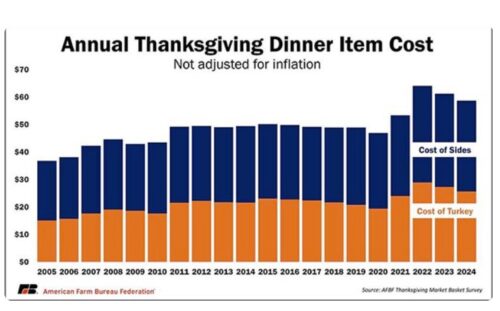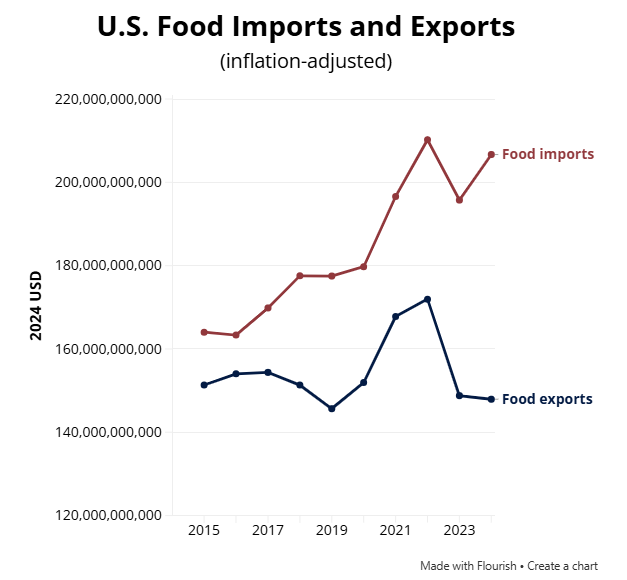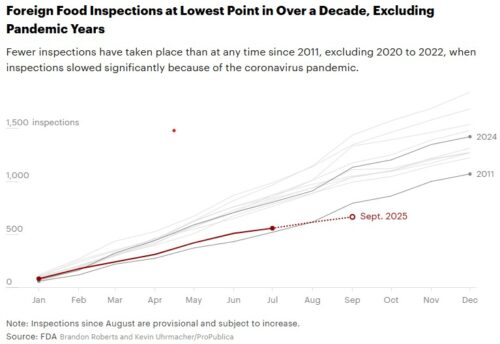Industry funded study of the week: Peanuts and cognitive function
Thanks to Charles Platkin, who directs the Center for Food as Medicine & Longevity, for sending this press release from the Peanut Institute: New research finds dietary intervention of peanuts improves brain vascular function and memory.
The NUTRIM study of 31 healthy older adults ranging in age from 60-75 observed that consuming 60 grams (approximately two servings) of peanuts daily for 16 weeks increased global cerebral blood flow (CBF) by 3.6% and verbal memory by 5.8%. In addition to the brain improvements, systolic blood pressure and pulse pressure decreased by 5 mmHg and 4 mmHg, respectively.
This seemed fantastic, and worth a look.
The study: Longer-term skin-roasted peanut consumption improves brain vascular function and memory: A randomized, single-blind, controlled crossover trial in healthy older adults.
Conclusions: Daily consumption of skin-roasted peanuts for 16 weeks improved brain vascular function in healthy older men and women. These favorable effects may underlie the observed improvements in verbal memory, highlighting a potential mechanism by which increased peanut intake beneficially affects cognitive performance.
Funding: This research was funded through a grant from The Peanut Institute Foundation (TPIF). TPIF did not participate in the study design, data acquisition or analysis, decisions regarding publication, or the writing of the manuscript.
Comment: The logic behind this study goes like this: The Mediterranean and DASH diets are associated with less decline in cognition with aging. Nuts are part of both diets and also show that correlation. Peanuts, which are legumes high in protein, should do that too. I can’t wait to see how peanuts will be marketed based on this study.
OK, give peanuts a try, but watch out for the calories. Participants in this study must have added the two ounces of peanuts to their regular diets. and guess what: “self-reported dietary intake data indicated a higher caloric intake during the peanut intervention.” They gained an average of 0,7 kg (1.5 pounds), which the authors deem not clinically meaningful.








